This project, funded through the Getting Research into Practice (GRIP) programme, explores ways to promote exercise in stroke survivors living in Sheffield (UK), using co-production workshops.
Funded by:
Getting Research into Practice (GRIP) funding programme through National Institute for Health Research Collaborations for Leadership in Applied Research and Care Yorkshire and Humber (NIHR CLAHRC YH).
Partners:
Gavin Church – stroke specialist physiotherapist, Sheffield Teaching Hospitals NHS Trust; Ali Ali – stroke consultant, Sheffield Teaching Hospitals NHS Trust.
Lab4Living team:
Remi Bec and Joseph Langley collaborating with Mark Fisher, course tutor,
BA (Hons) Product Design
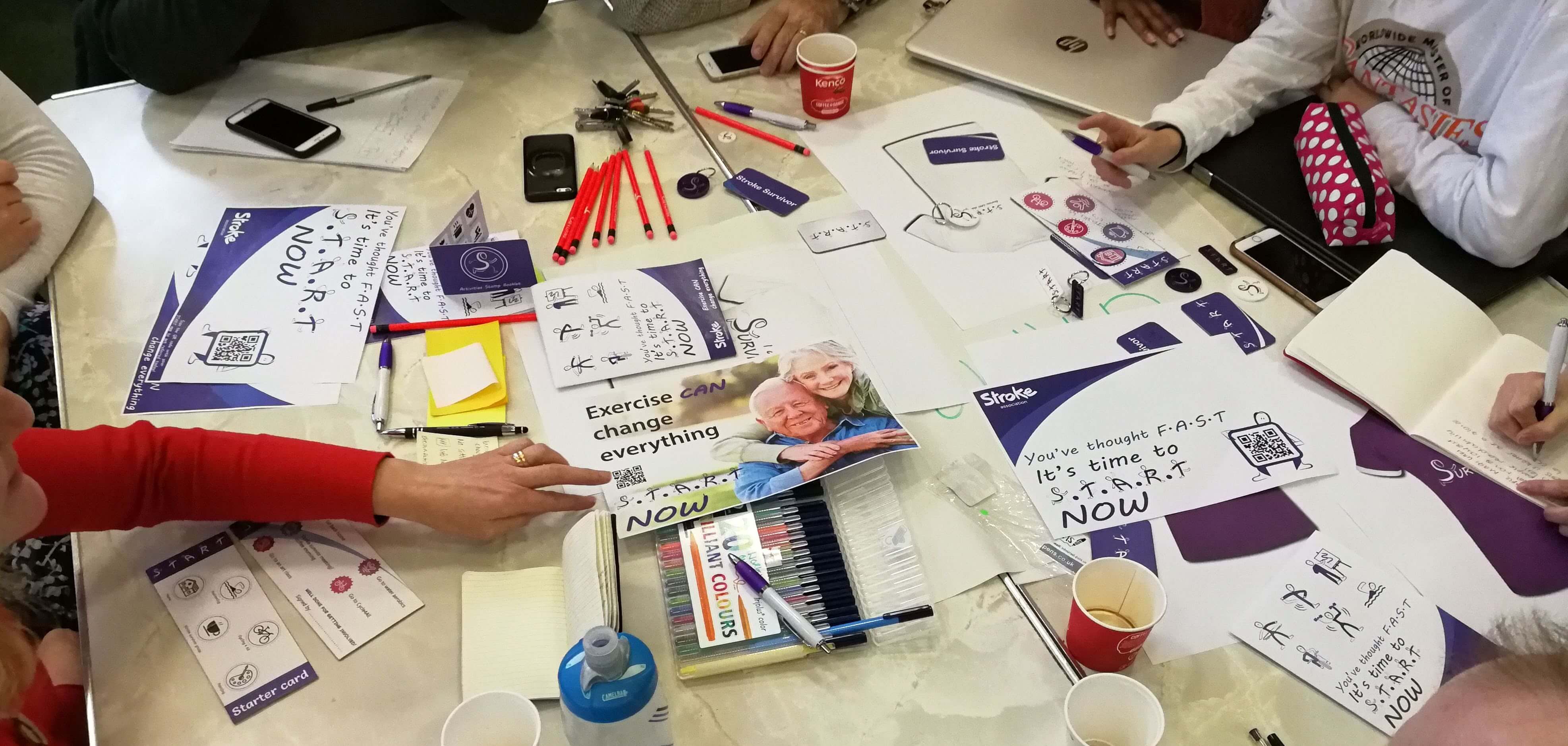
Stroke is the 4th leading cause of death and the leading cause of adult disability in the UK, affecting 152,000 individuals annually and costing the UK health economy nearly £9 billion.
A quarter of these strokes are recurrent and often preventable if secondary vascular risk is optimised.
It is established that physical inactivity is an independent risk factor for primary and secondary stroke and that exercise limits secondary vascular risk by reducing blood pressure, cholesterol and weight. Yet less than half of adults over the age of 65 years in the UK achieve the recommended levels of activity, and this declines further after stroke and transient ischaemic attack.
This project aims at exploring ways of promoting exercise in stroke survivors living in Sheffield, using co-production workshops. Based on the experiences of Sheffield based service users, we aim to understand the current delivery of exercise after stroke, and the myths and enablers/barriers, and to explore ways in which the service could be improved using co-production methods.
Stakeholders involved
The multidisciplinary core team was composed of two health professionals (consultant and physiotherapist) and two designers who co-facilitated a series of five workshops.
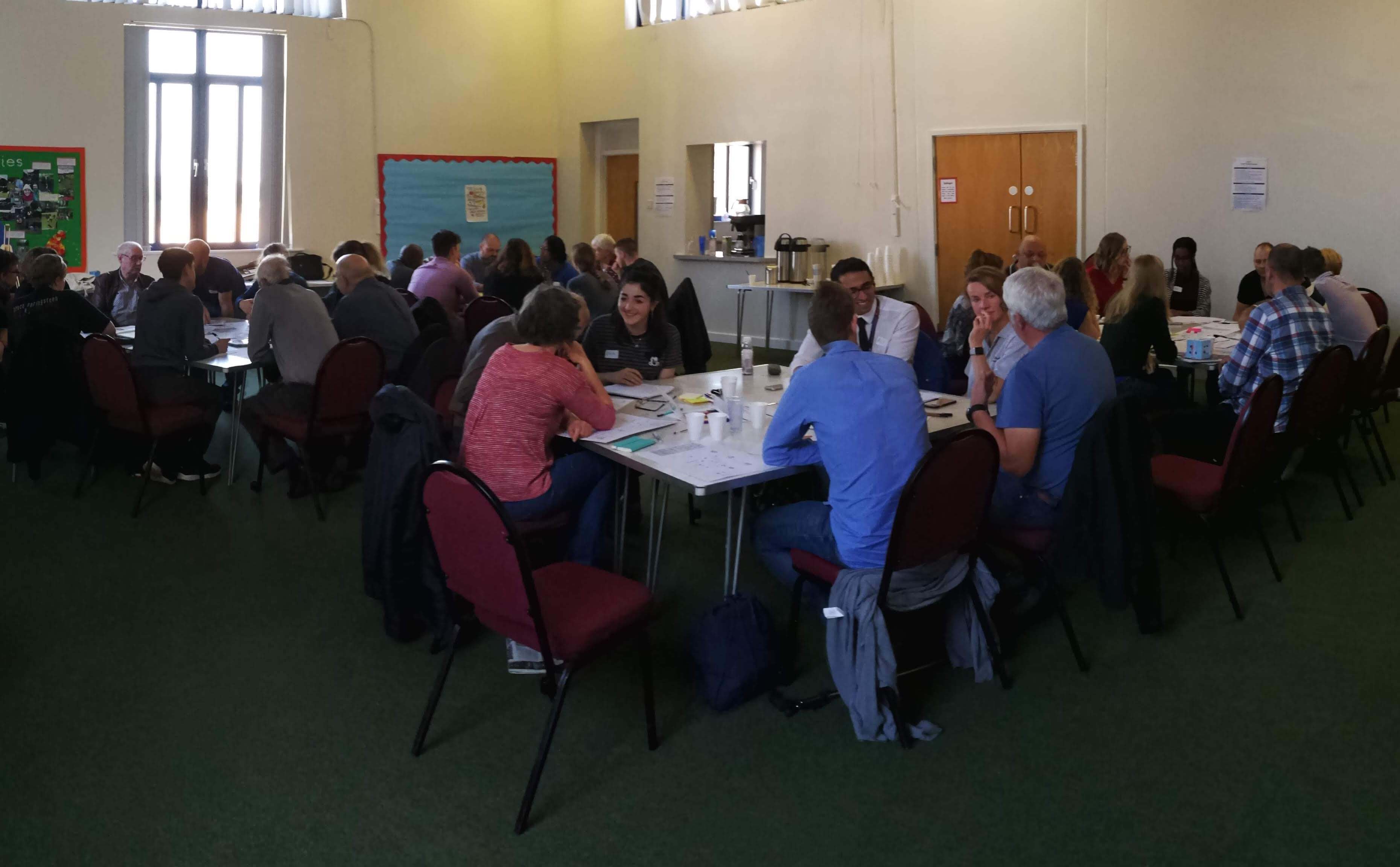
Throughout the duration of the project, 71 people have been involved. At least 15 participants took part in each workshop, gathering together stroke survivors, health care professionals, exercise prescribers, social services, commissioners, medics and the voluntary sector.
A group of 10 final year product design students was involved in the final two workshops.
Methods used

This design-led project used co-creative methods throughout a series of divergent and convergent thinking based onto the double diamond (Design Council, 2005) approach.
Based on the experiences of the services accessed by these people in Sheffield, the team learned about current delivery of exercise after stroke, considered the myths and enablers/barriers, and explored ways in which the service might be improved using co-production methods with all participants.

Student engagement
Eight Product Design students on the final year module ‘Graduation Design Project Portfolio’ collaborated in the project, which contributed to their final year portfolio. The students self-select from a range of projects, based on their interests and skillsets.
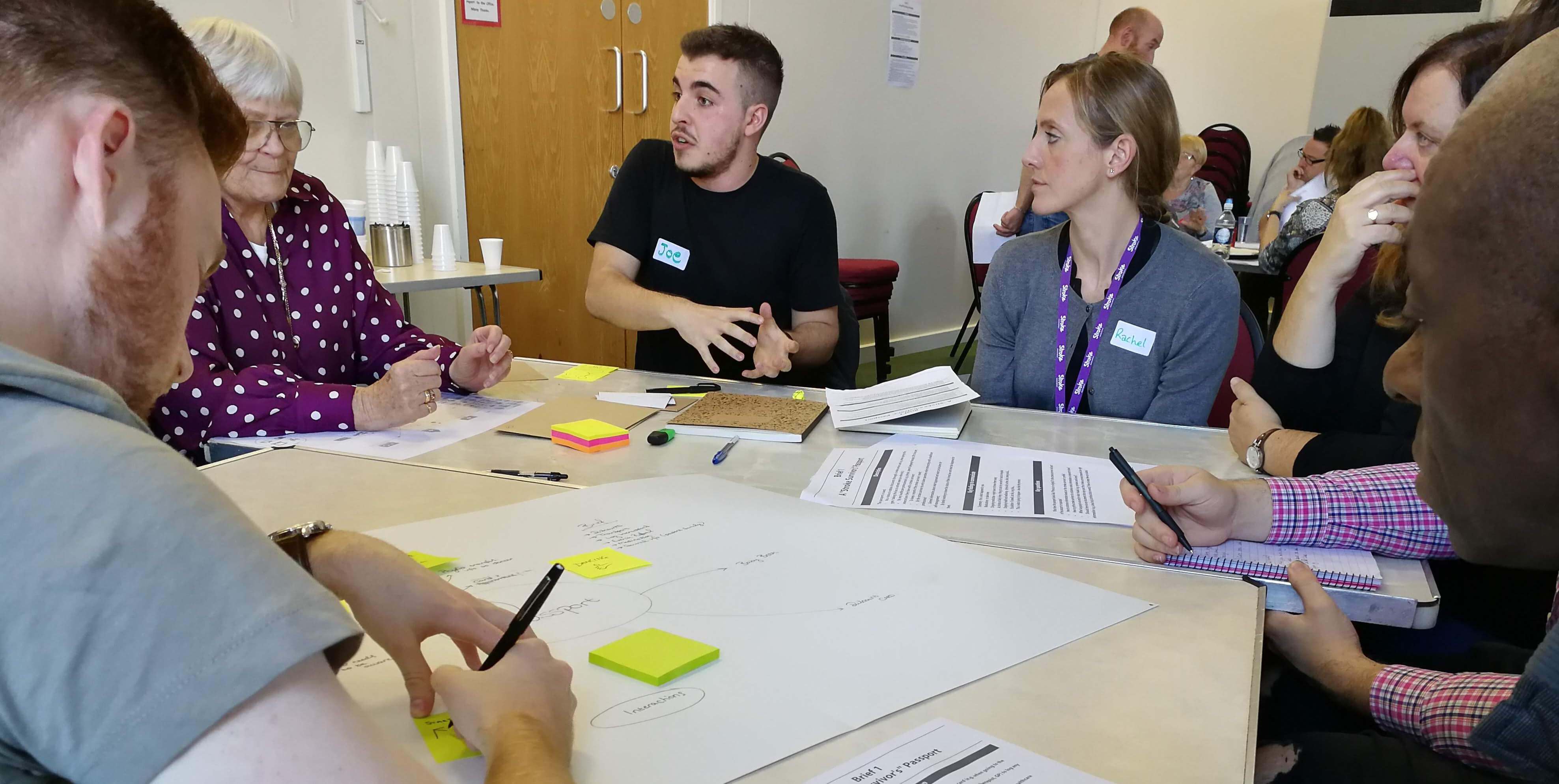
We always try to offer final years a live project experience and for the past few years have offered a range of briefs. The briefs range from a live project with a product design company, an enterprise project, through to the GRIP project which offers more of a service design opportunity.
Mark Fisher, BA Hons Product Design course tutor
In the second phase of the project, the students were paired with stroke survivors and healthcare professionals to develop their own brief. While briefs were developed independently for individual student assessment purposes, the briefs needed to be complementary and brought together as a single entity for development in phase three. Phase three is ongoing and focuses on securing funding to create one proof of concept to prototype and test in stroke wards.
Findings
Based on the insights gathered throughout the first three workshops, an ideal service was mapped out in a visual way. As part of this service, four touchpoints/briefs were developed by the students:
- A staff training package to make sure the correct information is delivered by health practitioners at the right time and with the right language – Julian Lee;
- A Stroke passport for patients that can be customised based on their preferences and goals and that could also be used as a log book – Joe Boniface and Daniel Lomas;
- An animation video raising the benefits of undertaking exercise – John Williams and Emily Bough;
- A multifaceted intervention (e.g. at the hospital, at home) – Dayna Booth, Ursula Ankeny and Tyra Spain.
Student Learning
I have learned more about the research process of design. The ways in which you can use the comments from the target market earlier on to shape the direction of the project.
Student participant
For the students, the project offered a rich, live learning experience that challenged them to use the design skills and approaches learned on their product design course and apply them to a complex service scenario.
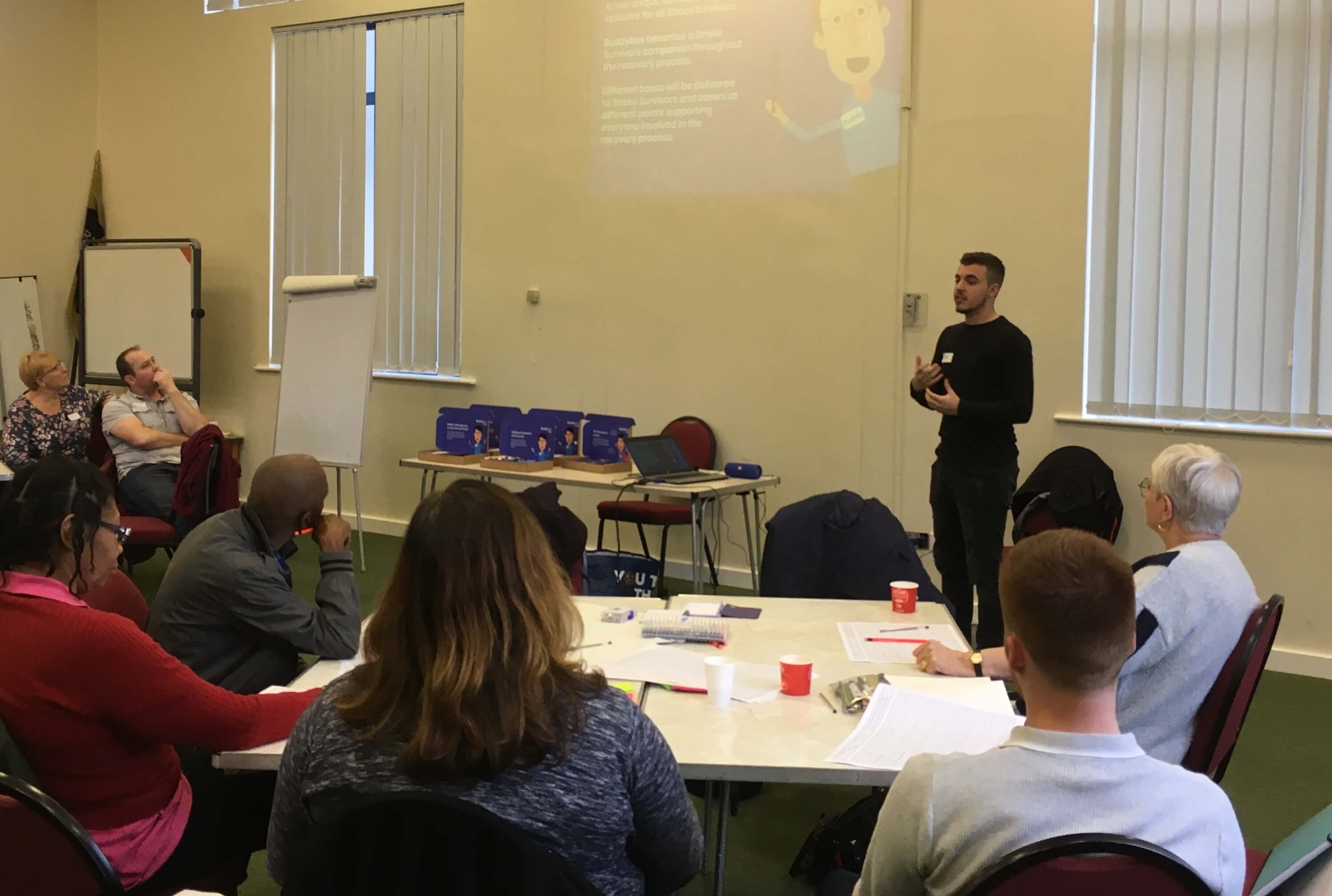
What was particularly interesting was how the students responded to the challenge of developing a range of service touchpoints with strong consideration of complex user requirements instead of focusing on developing a tangible outcome.
Mark Fisher, BA Hons Product Design course tutor
The students worked alongside stroke survivors to co-develop creative ideas in a truly immersive experience. They benefited from the support of the research and healthcare professionals, particularly making use of the invitation to regularly attend the Royal Hallamshire Hospital acute stroke ward to get feedback on their service design concepts from a wider clinical team.
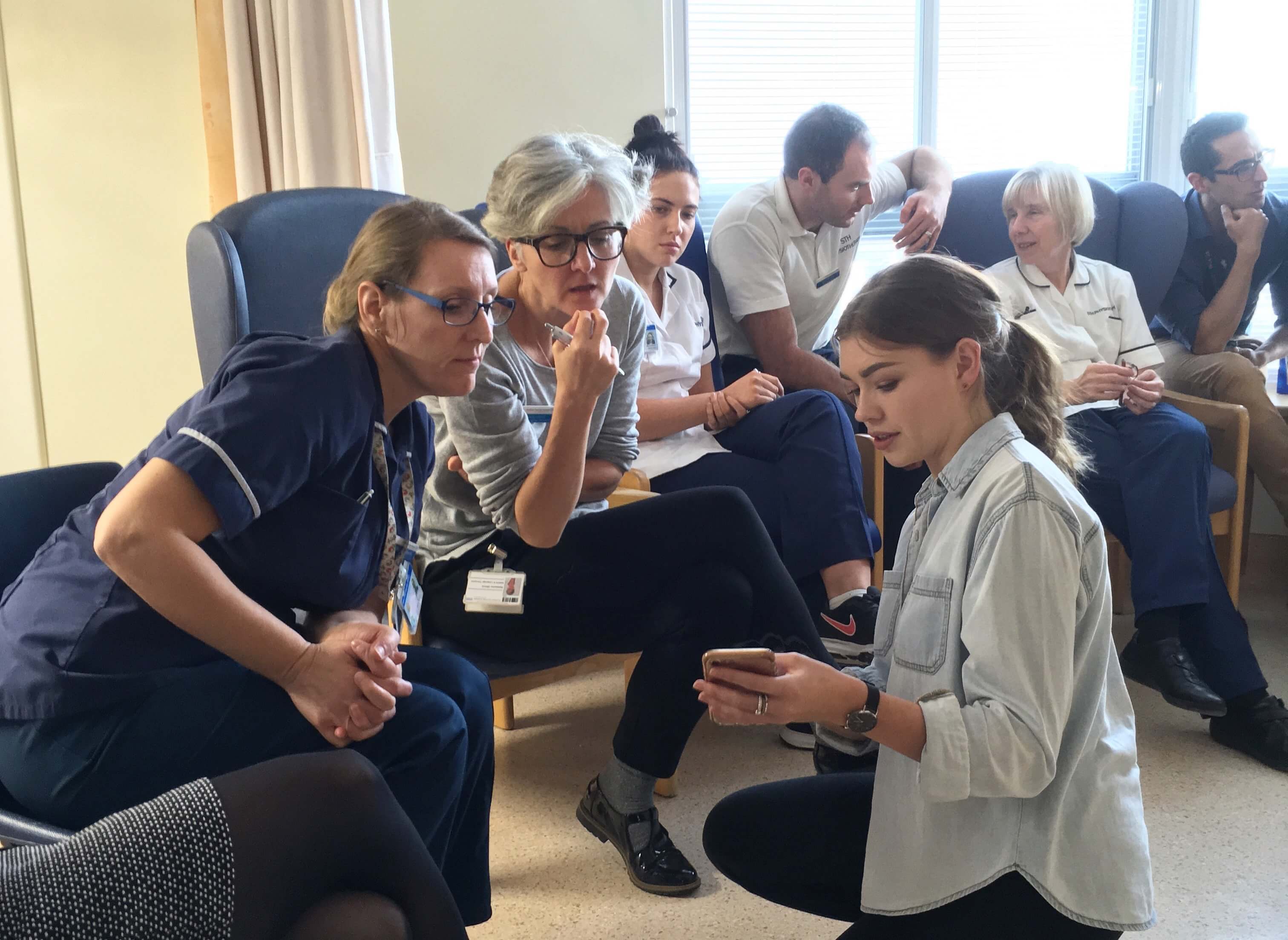
When asking questions or using activities to find out information you have to ensure that you facilitate in a way that allows them to respond in a bit more depth if possible e.g. sometimes they may need a few prompts
Final year student participant
From working with the stakeholders, students gained valuable insights including eliciting user experiences and understanding requirements, considering ethics, collaborating with clinicians and facilitating workshops.
Students were able to reflect on working with users, clinicians and reported that the project had broadened their thinking and opened up a whole new area of design.
It’s been the most interesting project across all three years of university as although we’ve have live projects before, this one feels the most ‘real world’ and worthwhile as it’s helping people who seem to appreciate what you are trying to do.
Final year student participant
Work is ongoing; phase three activity is focussed on final development and implementation of the staff training package and patient facing outcomes.
The funder’s report on this Translating Knowledge into Action project is now available from NIHR CLAHRC YH.
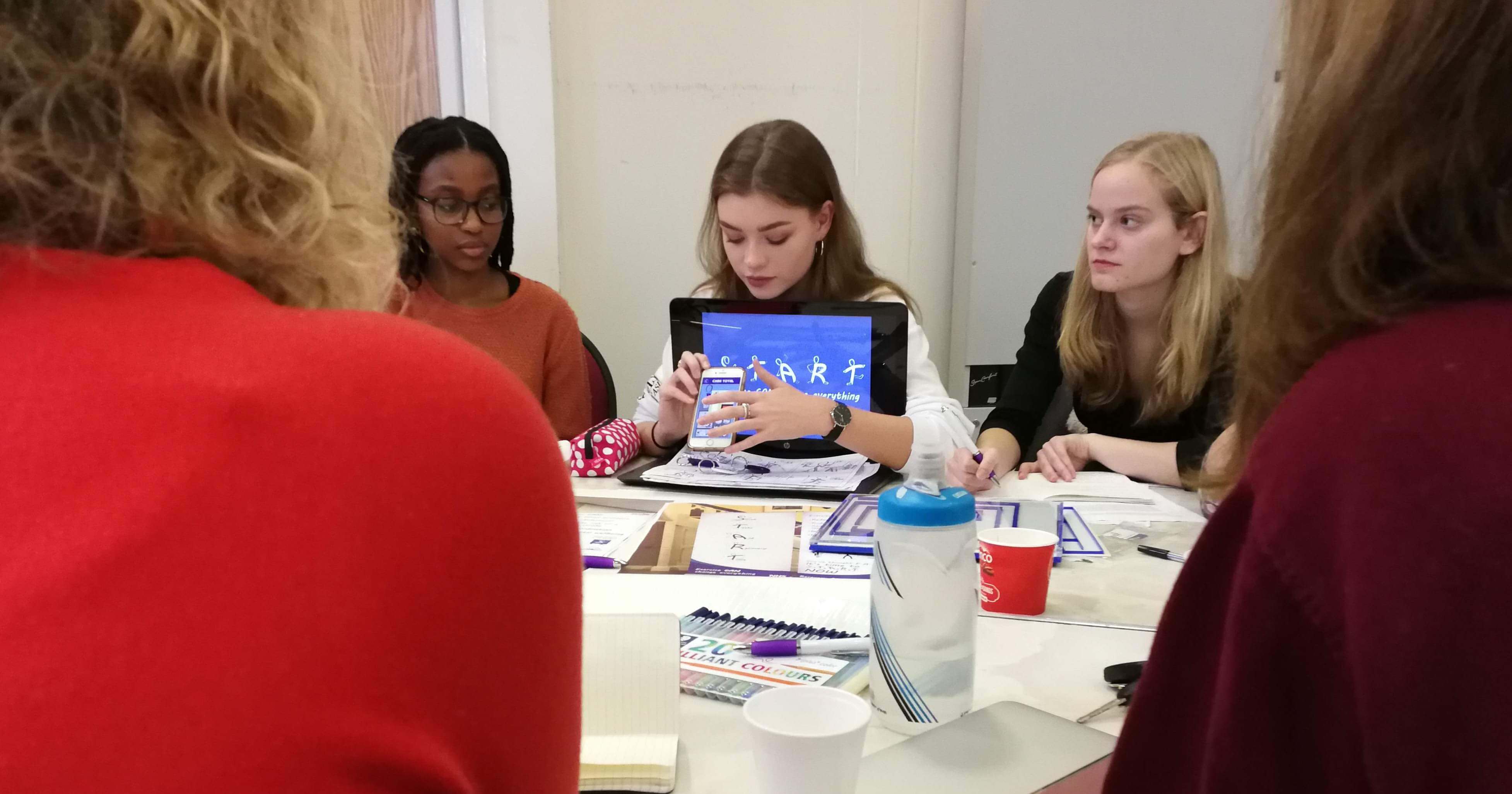
 to top
to top
